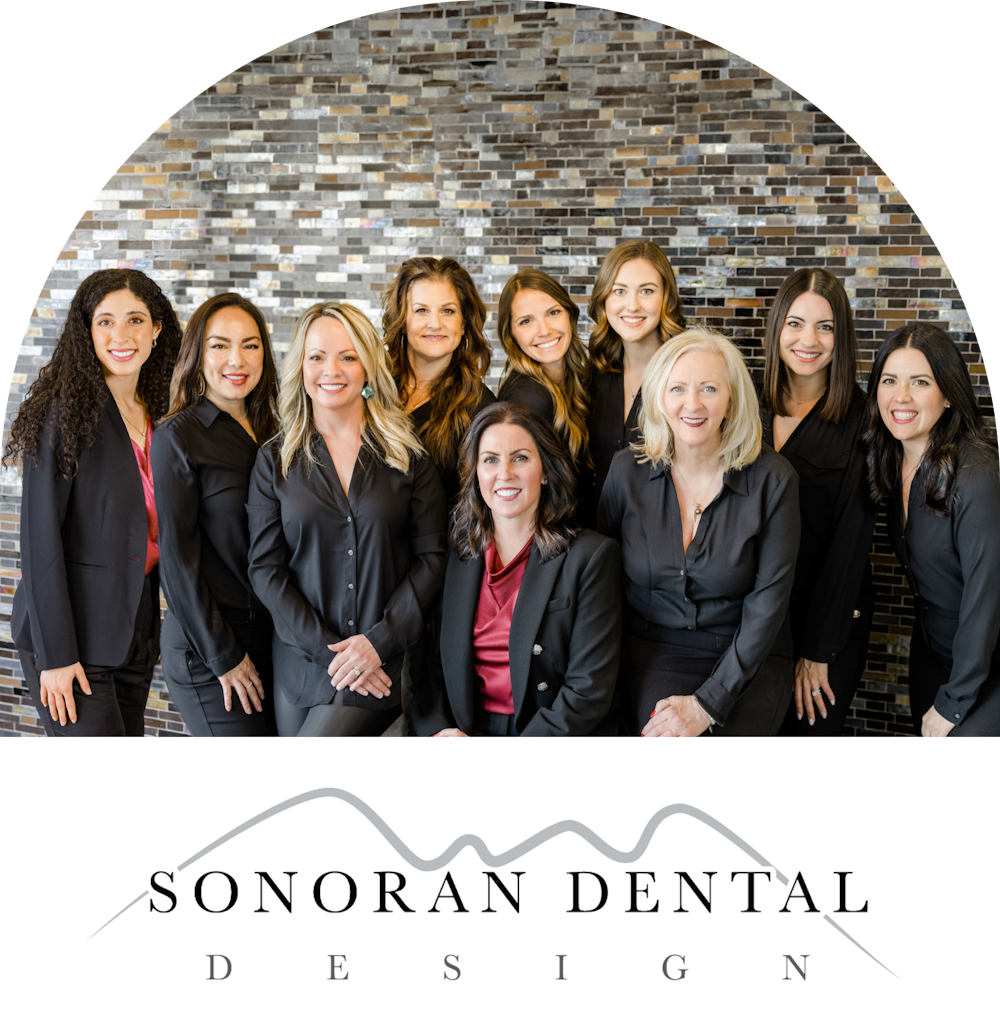Traditional vs. Implant-Supported Dental Bridges: Comparing Options
 Dental bridges are used to address tooth loss. They're ideal for people who are missing a tooth or multiple missing teeth. Thanks to dental bridges, a person is able to smile, bite, chew, and speak as if they had all of their teeth in place. The team at our Scottsdale practice has achieved great success with dental bridges, and we can use advanced restorative dentistry techniques to enhance the effectiveness of treatment.
Dental bridges are used to address tooth loss. They're ideal for people who are missing a tooth or multiple missing teeth. Thanks to dental bridges, a person is able to smile, bite, chew, and speak as if they had all of their teeth in place. The team at our Scottsdale practice has achieved great success with dental bridges, and we can use advanced restorative dentistry techniques to enhance the effectiveness of treatment.
There are different kinds of dental bridges that we can use to address tooth loss. Let's take a moment to compare traditional dental bridge options to dental bridges that are supported by dental implants.
About Traditional Dental Bridges
Traditional dental bridges are bridges that span the gap left behind by a missing tooth or missing teeth. There are two kinds of traditional bridges:
-
A Removable Bridge – Removable dental bridges are bridges that are held in place by bracing around the teeth adjacent to a tooth gap. These bridges are general stable and secure thanks to custom creation at a dental lab.
-
A Crown-Supported Fixed Bridge – These bridges use dental crowns on either end of the bridge to help hold the appliance in place. The teeth adjacent to the tooth gap are capped, allowing for a secure hold.
The Pros and Cons of Traditional Dental Bridges
The advantages of traditional dental bridges include:
- >Affordable and effective
- Restores the ability to bite and chew
- >Good craftsmanship and aesthetics
The disadvantages of traditional dental bridges include:
- Possibility of removable dental bridges falling out
- Crown-supported bridges require potentially healthy teeth to be adjusted to accommodate crowns
- Cannot address bone loss and gum recession associated with long-term tooth loss
About Implant-Supported Dental Bridges
Dental implants are artificial tooth roots that are surgically embedded into the jawbone and the gum tissue. Through a process of osseointegration during healing, the implants fuse with the bone structure, effectively functioning like natural tooth roots would. A bridge is designed to snap into place on the dental implant/implants, allowing for a stable hold.
The Pros and Cons of Implant-Supported Dental Bridges
The advantages of implant-supported dental bridges include:
- Unmatched stability
- Very little chance of a bridge slipping or falling out
- Healthy tooth structure is untouched yet the bridge is fixed
- Prevents bone loss and gum recession associated with long-term tooth loss
The disadvantages of implant-supported dental bridges include:
- The cost may be prohibitive
- People may not be candidates due to oral surgery or insufficient bone/gum tissue
- Several months of post-surgical recovery required for osseointegration to occur
Which Option Is Most Ideal for Me and My Needs?
During a consultation at our practice, we can help determine the ideal dental bridge option for you. We can address any questions or concerns you may have, and help you understand what an ideal treatment might involve. If you lack sufficient bone or gum tissue for dental implants, we can talk about bone augmentation and gum grafting procedures that could make you a candidate. We can also discuss financing options if the cost of implant dentistry treatment is too much of a burden for your household.
Contact Sonoran Dental Design
To learn more about treating tooth loss and helping you have a smile that's healthy and beautiful, be sure to contact our cosmetic and restorative dentistry practice today. We look forward to your visit and discussing these matters in much greater detail.








